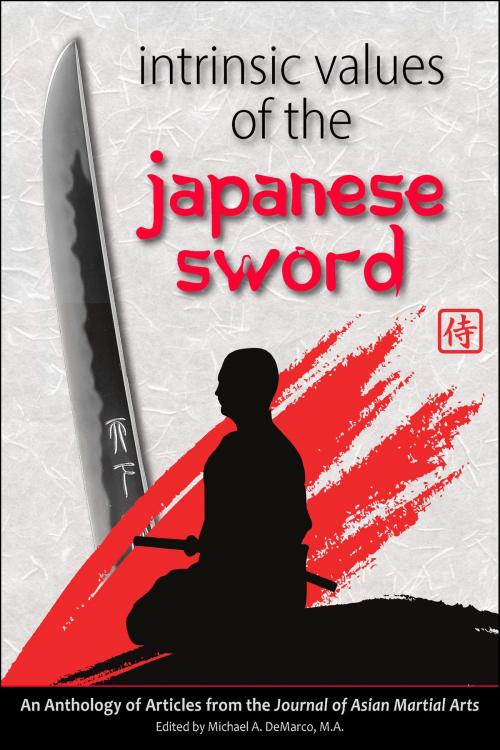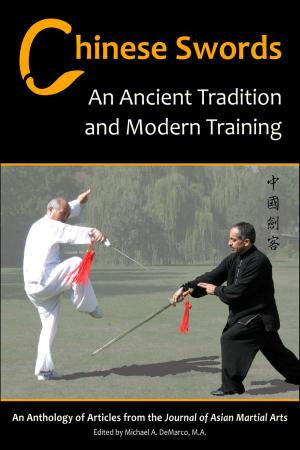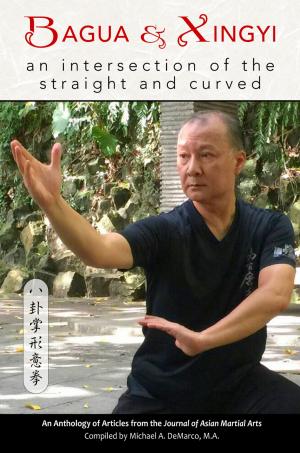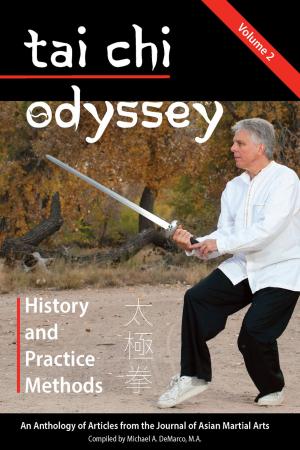Intrinsic Values of the Japanese Sword
Nonfiction, Home & Garden, Antiques & Collectibles, Firearms & Weapons, History, Asian, Japan, Sports, Martial Arts & Self Defence| Author: | Andrew Tharp, Anthony DiCristofano, Richard Babin | ISBN: | 1230000472975 |
| Publisher: | Via Media Publishing | Publication: | June 6, 2015 |
| Imprint: | Language: | English |
| Author: | Andrew Tharp, Anthony DiCristofano, Richard Babin |
| ISBN: | 1230000472975 |
| Publisher: | Via Media Publishing |
| Publication: | June 6, 2015 |
| Imprint: | |
| Language: | English |
The famed samurai sword (nihonto) represents the pinnacle of bladed weaponry in the Japanese warrior’s arsenal. This book addresses the sword’s intrinsic historic, monetary, military, and artistic values.The seven chapters for this particular anthology were selected from materials published in the Journal of Asian Martial Arts.
Tharp’s chapter details aspects of the nihonto that make it unique in the world as a valued objet d’art, protected by law codes specifically written to preserve these cultural relics even when made by contemporary master smiths.
DiCristofano writes on sword sketchings, which allow the human eye to view details of the sword blade often unnoticed because of the subtlety inherent in the work.
Hoshino’s chapter presents a overview of various blade types. His focus on blades leads to the next chapter by Richard Babin on how to make a scabbard.
“Test cutting” provides proof of the practicalily of the sword and swordsman’s technique. Peter Ward utilized an ancient diagram of main targets for body cuts and modern technology to actually view the inner structures of the blade’s path along these targets.
Peritz’s chapter presents the Ainu, an indigenous group in Japan. They incorporated blades made by Japanese smiths according to their own taste.
Goedkoop’s chapter deals with another medium, as the master craftsman creates wooden replicas of Japanese swords.
As you read other books and articles about Japanese swords, or practice kendo or iaido, or see highly polished blades in a museum, the chapters here will enhance your knowledge and appreciation of nihonto and their intrinsic value.
The famed samurai sword (nihonto) represents the pinnacle of bladed weaponry in the Japanese warrior’s arsenal. This book addresses the sword’s intrinsic historic, monetary, military, and artistic values.The seven chapters for this particular anthology were selected from materials published in the Journal of Asian Martial Arts.
Tharp’s chapter details aspects of the nihonto that make it unique in the world as a valued objet d’art, protected by law codes specifically written to preserve these cultural relics even when made by contemporary master smiths.
DiCristofano writes on sword sketchings, which allow the human eye to view details of the sword blade often unnoticed because of the subtlety inherent in the work.
Hoshino’s chapter presents a overview of various blade types. His focus on blades leads to the next chapter by Richard Babin on how to make a scabbard.
“Test cutting” provides proof of the practicalily of the sword and swordsman’s technique. Peter Ward utilized an ancient diagram of main targets for body cuts and modern technology to actually view the inner structures of the blade’s path along these targets.
Peritz’s chapter presents the Ainu, an indigenous group in Japan. They incorporated blades made by Japanese smiths according to their own taste.
Goedkoop’s chapter deals with another medium, as the master craftsman creates wooden replicas of Japanese swords.
As you read other books and articles about Japanese swords, or practice kendo or iaido, or see highly polished blades in a museum, the chapters here will enhance your knowledge and appreciation of nihonto and their intrinsic value.















